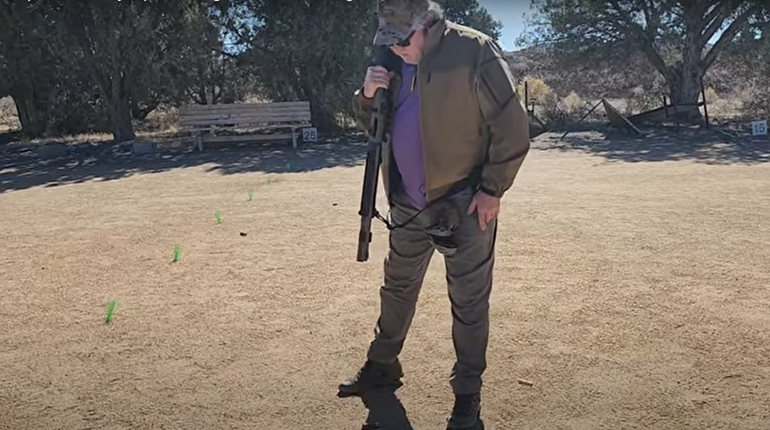
There can be few words in the entire English language that are as routinely abused as “safety.” Unlike some other words, which are merely stretched or twisted or pinched until they bulge, “safety” in its modern incarnation is often used to convey precisely the opposite meaning to the one that has been traditionally understood.
As kids, we sang that “sticks and stones may break my bones, but words will never hurt me,” but today we are told that words are violence and violence is mere expression. Historically, a place was deemed hazardous if certain people were excluded from it; today, we are told that the mere presence of disfavored types renders everyone else “unsafe.” And then, of course, there are the gun-controllers, who, in their attempt to steal a base in the debate, have taken an imperative concept—“gun safety”—and ruthlessly subverted it to their own ends.
Bad things can happen if people or institutions eschew the real meaning of the word “safety” and substitute the politically correct meaning in its place. Even on a movie set, these rules matter.
The three core rules of safe gun handling—which the NRA helped to develop and popularize—have been the same for years. Those rules are: (1) Always keep the gun pointed in a safe direction; (2) Always keep your finger off the trigger until ready to shoot; (3) Always keep the gun unloaded until ready to use. This system—and other rules that are specific to firearms safety—are a simple, effective and critical blueprint for keeping people safe.
At root, those who exhibit a callous disinterest in gun safety—by which I mean actual gun safety, and not “gun safety” as a euphemism for useless and draconian gun control—are engaging in a form of irresponsible magical thinking.
The U.S. Constitution includes a right to keep and bear arms that is supported by upwards of four-fifths of the American population, and, at last count, those Americans owned nearly half a billion private firearms. These are facts—and, irrespective of how loudly some people might complain about it, they are going to remain facts. Ultimately, the choice before us is not whether the Second Amendment exists and there are around 500 million guns in circulation, but whether the Second Amendment exists, there are around 500 million guns in circulation and we all play our part in teaching the citizenry the key rules of gun safety.
In 2021, David Frum proposed in The Atlantic that there is no such thing as a “responsible” gun owner, and, in support of this contention, listed some egregious examples of gun owners failing to follow the safety rules. This sort of thinking is both incorrect and unhelpful. Every day, all across this country, people of all ages, races, religions and backgrounds are taught the key rules of gun safety. They are taught those rules by their parents, by instructors, at ranges, in gun shops, via the Internet and, in some cases, in schools and offices and churches and clubs. If public figures—in Hollywood and beyond—really wish to make a contribution to gun safety, as they insist they do, then they’ll direct their efforts away from the cynical language games that they’ve started playing, and toward popularizing the tried-and-tested approach that has been effective for decades, and will continue to be effective long into the future.


































